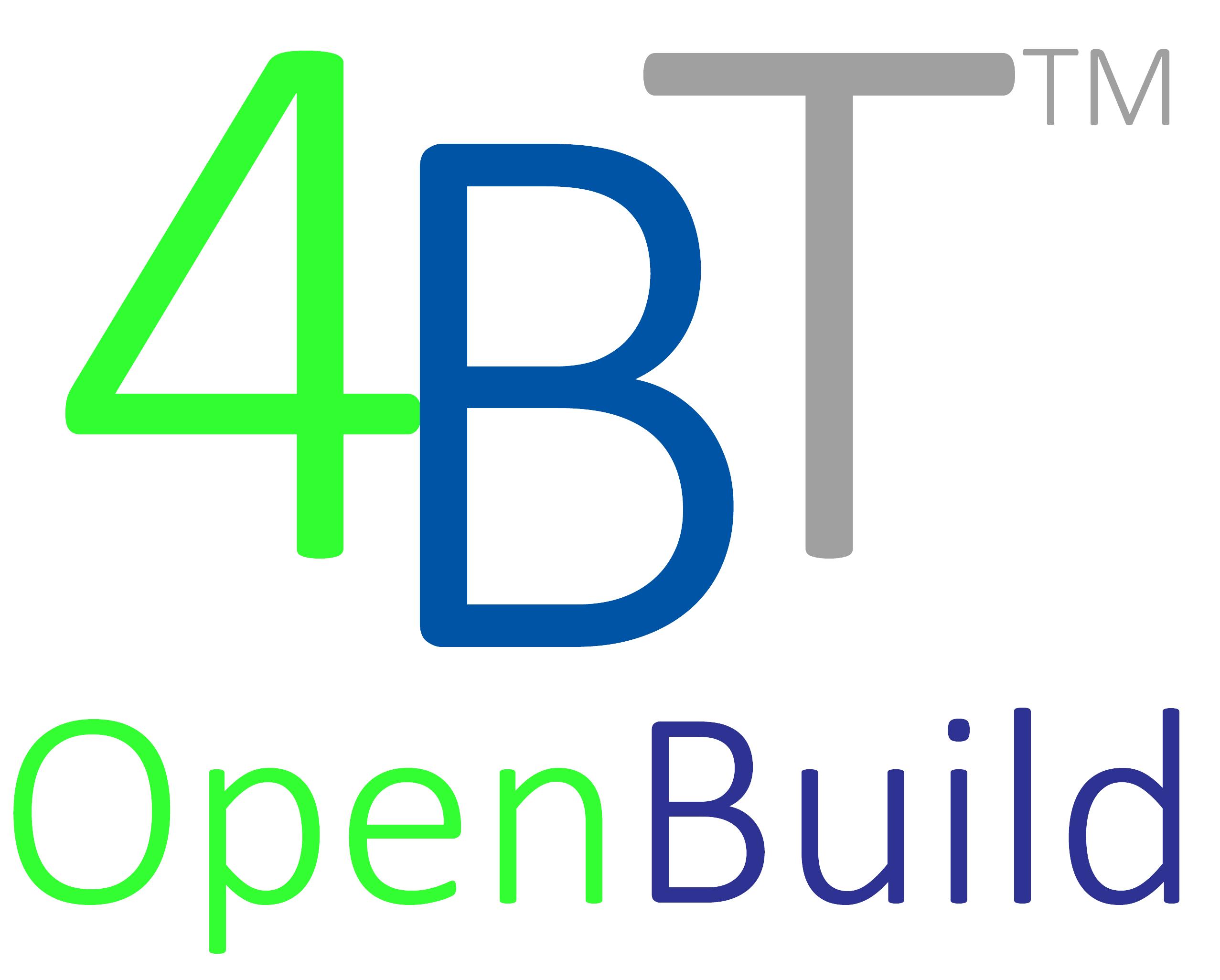Preconstruction process improvement can significantly increase the number of project completed on-time and on-budget per client requirements.
It also includes contractor selection, risk analysis, and a comprehensive and collaborative communication plan.
Here’s a more detailed look at the key components:
1. Scope Definition: Clearly outlining the project’s objectives, deliverables, and requirements is crucial. This includes defining the project’s boundaries, goals, and needs to ensure everyone understands the project’s scope and its limits. Standardization in terms of using common industry standard terms and data formats is a must. An example is expanded CSI Masterformat for detailed line time construction tasks, inclusive of labor, material, equipment, and productivity details. All associated data must be specific to local market conditions. Download more information on detailed SOW development and best practices.
2. Cost Estimation: Developing accurate cost estimates is essential for setting the project budget. This involves estimating material, labor, equipment, and overhead costs in concert with consideration of the local market and productivity information. Using an verifiable, current local market cost database significantly improves cost visibility and cost management capability.

3. Project Scheduling: Creating a detailed project schedule that outlines key milestones, task durations, and dependencies helps manage the project timeline and ensure timely completion.
4. Permitting and Regulatory Compliance: Securing necessary permits and adhering to local, regional, and national statutes/regulations is a crucial step in the pre-construction phase.
5. Design Development: Refining the design and ensuring it aligns with the project’s objectives and requirements is an important aspect of pre-construction.
6. Contractor Selection: Choosing the right contractor is essential for project success. This involves evaluating bids, assessing qualifications, and selecting a contractor who can effectively manage the project and who is both service oriented and interested in developing a long-term relationship.
7. Risk Analysis and Mitigation: Identifying and mitigating potential risks is crucial for preventing delays and cost overruns. An often overlooked primary method of risk mitigiation is selecting the appropriate construction delivery method. A fully transparent, collaborative method that focuses upon obtaining best value for both real property owners and design-builders is generally the most beneficial to all participants and stakeholders.
8. Communication Plan: Establishing a clear communication plan helps ensure that all stakeholders are informed and aligned. Again, the important of an integrated and collaborative approach (examples, collaborative job order contracting, integrated project delivery) with respect to Planning, Procurement, and Project Delivery and a common data environment play a significant role in improving communication and mitigating errors, omissions, and misunderstandings.
9. Procurement: Developing a clear procurement strategy ensures that materials and services are procured efficiently and on time. It is critical the Procurement teams collaborate on an early and ongoing basis with Planning, and Project Delivery teams internally and externally.
10. Site Evaluation: Site visits with services providers is a must. Assessing the site for feasibility, including soil conditions, utilities, and environmental factors, is a critical step in pre-construction.
11. Feasibility Study: Conducting a feasibility study helps determine the viability of the project and identifies potential challenges.
12. Value Engineering: Exploring opportunities for cost-saving without compromising project quality is a key aspect of pre-construction. This first required a thorough understanding of costs at “base level” without design-builder profit and overhead. This is best accomplished using a third party local market granular database.
13. Project Planning: Developing a comprehensive project plan that outlines all aspects of the project, from initial concept to completion, is essential for success.
